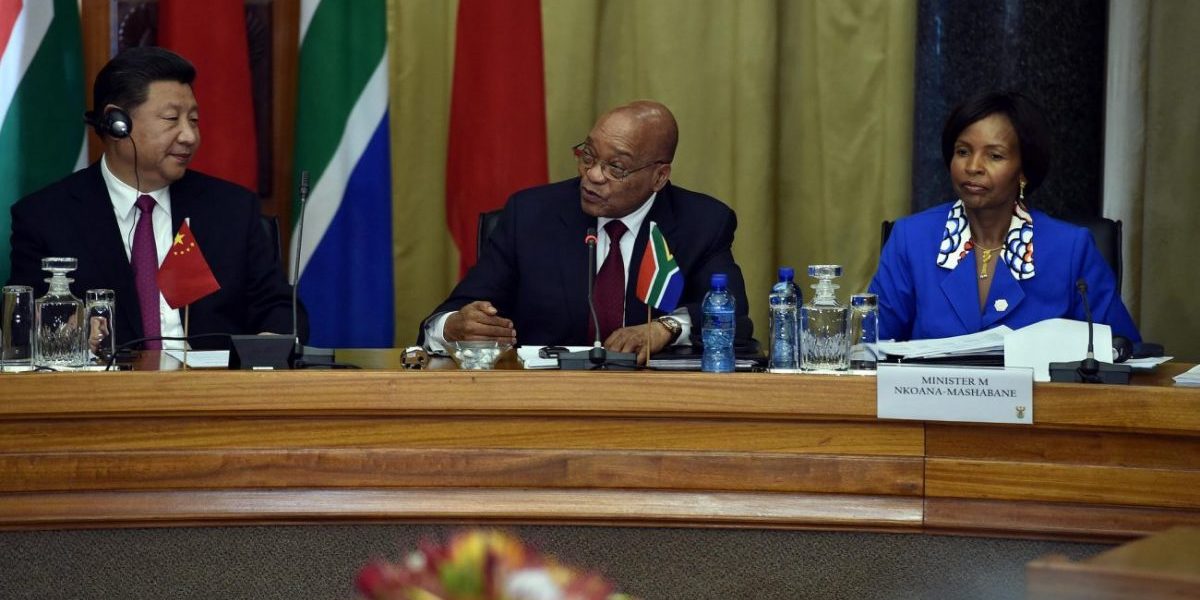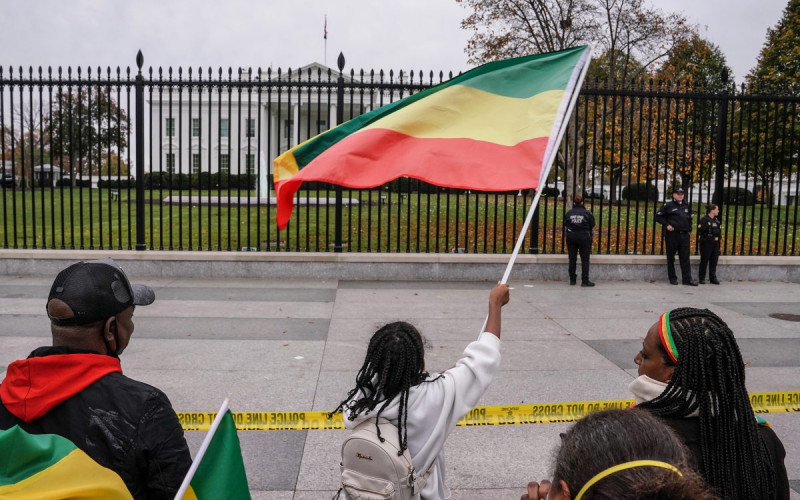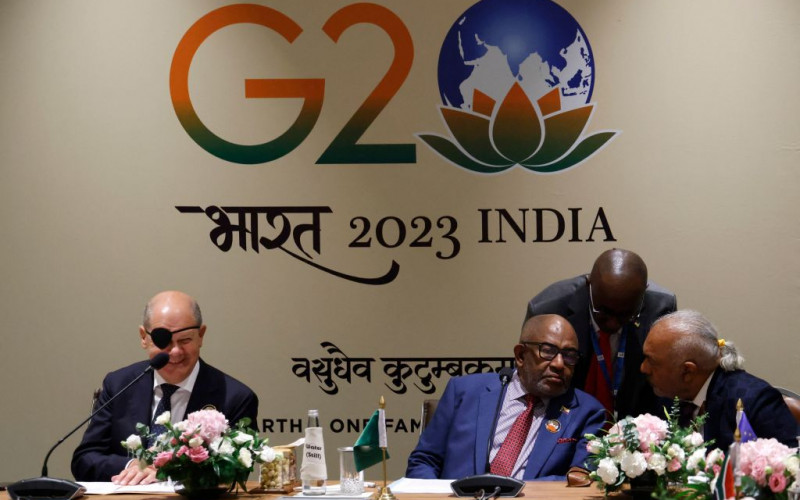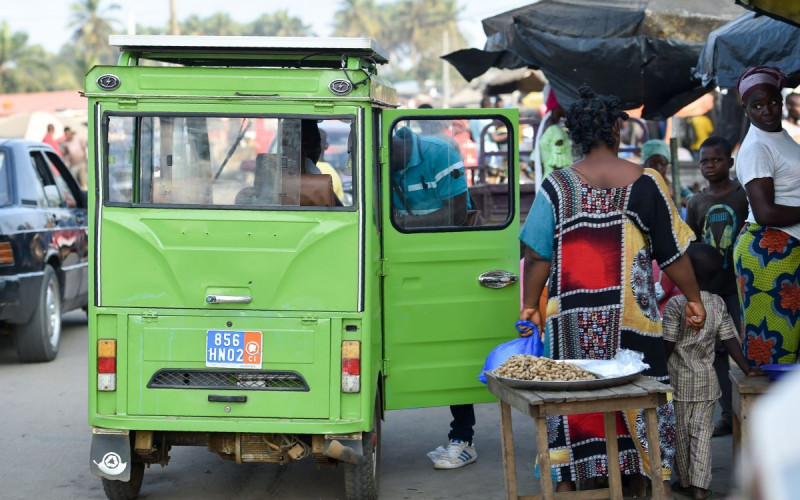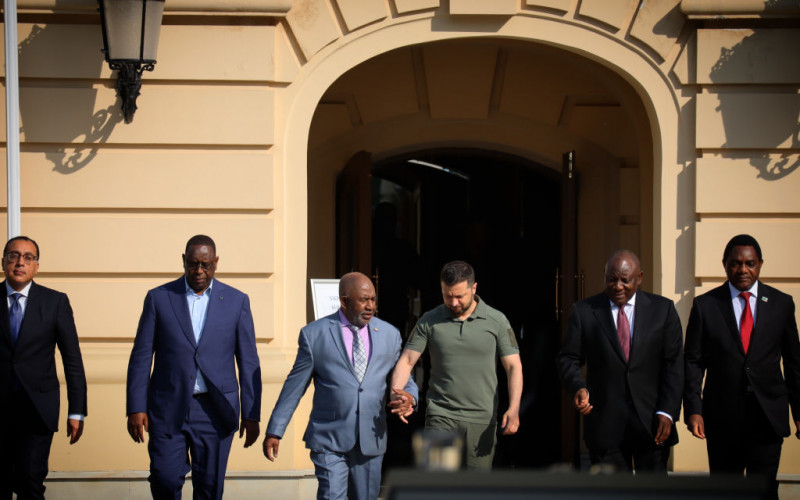Two-way trade has jumped from a modest US$10 billion in 2000 to over US$55 billion in 2006, making China the continent’s third largest trading partner while China’s US$1 trillion in foreign currency reserves are being mobilised to fund projects as far away as Katanga and the equatorial forests of Gabon. However, while the extravagance on show at the China-Africa Summit in Beijing last November was meant to celebrate the depth of new ties between old friends, the challenges of consolidating the relationship are significant.
Energy resources remain the most important focus of China’s involvement on the continent but it must be recognised that other natural resources play a critical role as well. With regard to oil, China’s overall ‘outward movement’ strategy of engaging developing countries and locking in resources through government-to-government agreements launched in earnest after 1993, brought about a recognition in Beijing of the dangers of political instability from Middle Eastern sources. It is for this reason, inspired no doubt by serious disputes over Iran’s nuclear programme and continued violence in Western occupied Iraq, that Africa is in the process of assuming greater prominence in China’s global strategic calculus. Currently, 30% of all of China’s oil imports are sourced from Africa and that is set to expand as Chinese state owned corporations seek out new stakes in the region.
At the same time, competition for other natural resources, including strategic minerals, timber and fisheries, as well as the opening of new markets for its products are playing a part in diversifying the content of Chinese involvement in Africa. The commodities boom has been driven by China’s need for material such as nickel, copper, gold and titanium. West African timber in particular continues to attract Chinese investment (60% of Africa’s tropical timber exports are to China) while Chinese companies have moved quickly to becoming leaders in the area of physical infrastructure development (roads, railroads and major public buildings) as well as telecommunications on the continent. The use of Chinese labour in infrastructure projects, a growing source of criticism for some Africans, has been crucial to the securing contracts against other competitors and the rapid completion of projects. Though estimates vary, according to the Chinese official news agency, 750,000 Chinese are said to be in working across the continent.
The role of diplomacy
It should be pointed out that it is impossible to separate the Chinese government’s new engagement with Africa from its diplomatic crusade aimed at displacing Taiwan’s official relations with African countries. Admittedly, the orthodoxy of the past, which saw Beijing summarily ‘punishing’ those states which broke diplomatic ties with it by withdrawing foreign assistance and other projects, has been replaced with a more flexible approach that allows for selective involvement of businesses and Chinese provincial representatives, emphasising the mix of pragmatism and necessity that characterises China’s new Africa policy. In fact, until fairly recently Taipei was able to claim that it held official relations with seven African countries. The loss of Senegal in October 2005 to Beijing, a key state in the Francophone Africa constellation followed by Chad in August 2006, puts Taiwan in the unenviable position of holding diplomatic relations with some of Africa’s most impoverished fiefdoms, unstable kingdoms and island nations.
A critical component to expanding its presence in Africa has been the use of foreign assistance to cement ties. Africa occupies the largest percentage of China’s development assistance (44%, or US$1.8 billion), with ODA divided between tied aid, outright grants to recipients, a limited number of loans and new mechanisms such as government guarantees for sectoral investment in the region. Prestige projects, such as public buildings and stadiums that no Western donor or multilateral lending agency would touch, have played an important part in securing agreements with African governments for access to their natural resources. Backing these initiatives are newly assertive institutions like the China Ex-Im Bank, which eclipsed the World Bank as the lender of choice for African governments with US$12 billion in credits last year.
Chinese Multilateral Activism and Africa
After decades of quiescence on the coveted UN Security Council seat, the Chinese have become active multilateralists. Spurred on by US calls for Beijing to act as a ‘responsible stakeholder’, the Chinese have provided more peacekeeping troops to UN missions, most of which are based in Africa, than any of the other Permanent Five members. In Sudan, where Chinese have bankrolled the development of its oil export industry, there has been a clear shift from vocal supporter of the Khartoum regime in 2004 to one which pressured it into accepting the UN hybrid peacekeeping force in 2006. At the same time, China is actively cultivating African states to build a bloc of states who can provide support for interests in a variety of international forum like the WTO and the UN Human Rights Commission.
Beyond the economic rationale and the Taiwan question, Chinese renewed involvement in Africa has sparked talk of an emerging ‘Beijing consensus’ that could counter the precepts of the ‘Washington consensus’. The latter involves the imposition of conditionalities by the World Bank, IMF and donors that include restrictions on macro-economic policy, reductions in public spending and commitments to transparency as well as in some cases the holding of democratic elections by African governments. The Beijing consensus, predicated upon non-interference in domestic affairs of states and the promotion of sovereign integrity, has great appeal for many African elites – democratic or autocrats – who resist Western actions aimed at economic or political interference. Moreover, the attractiveness of the Chinese model, which enabled rapid development to occur without challenging single party rule, is undeniable for African autocrats.
Charting Africa’s Chinese Future
China’s engagement in Africa has evolved quickly from its roots in anti-colonial solidarity to that of a major economic force on the continent. That this situation excites controversy in African capitals is to be expected: the more substantive a relationship becomes the more likely it is that frictions will occur. Beyond the concerns surrounding cases like that of Zambia’s Chambishi mine, where poor safety and low wages have led to miners’ deaths and a storm of protest, there are some longstanding issues that are set to shape Chinese-African relations in the future. These include the very real fear of Africa’s deindustrialisation in the face of Chinese manufacturing capacity, erasing decades of development gains. Equally, Africans rightly fret over Beijing’s propensity to forge close ties with pariah regimes or embark on dubious infrastructure projects with negative social and environmental consequences. Finally, while the relationship has been forged by elites up till now, the steady flow of Chinese small businesses and migrants into the continent suggests that neither Beijing nor host governments will be able to influence public perceptions as easily.
With the line between development partner, economic threat and partner of pariahs increasingly difficult to discern for some in Africa, the task of consolidating this ‘mutually beneficial’ relationship is indeed daunting. Africa’s future, like that of the world, is most certainly Chinese but keeping these relations on a constructive path is a task that will occupy this next phase of engagement.

